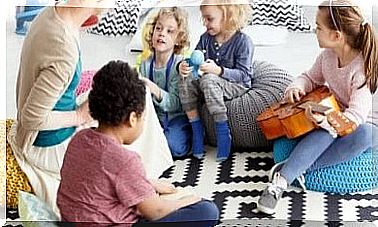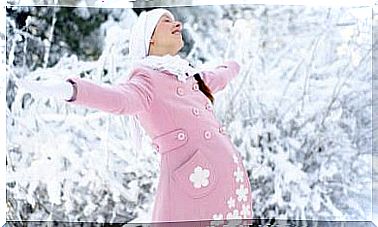Managing Conflicts In The Classroom: How To Do It Best
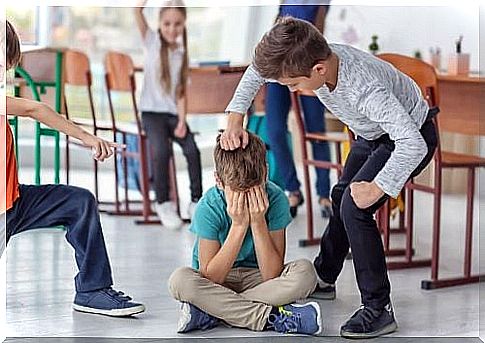
Conflicts in the classroom are a reality that is not alien to today’s society. Schools are not only a space for learning, but also for living together; school is a space in which disagreements are generated which must be addressed in some way.
For the positive resolution of conflicts in the classroom , which are generated between pupils and teachers and are very common, it is important to find the best solution. Below, we will delve into this topic to find possible ways to go.
What are conflicts?
First, it is important to know when a conflict arises in itself. That is, conflicts are situations in which two or more people are involved who disagree on something, have different and incompatible opinions. Conflicts are very common in everyday life.
In this way, there can be conflicts in the classroom both between teachers and pupils, as well as between pupils themselves. Depending on the type of conflict and how it is dealt with, they can directly affect the progress of the class and the learning process.
Key points for dealing with conflicts in the classroom
Although there is no secret formula for solving these problems, since the context and people are different in every situation, there are a number of guidelines or key points that are very effective for managing conflicts in the classroom.
In any situation, be it between adults or between children, it is important to involve children in resolving the dispute. This is so that they can learn to be understanding and teamwork.
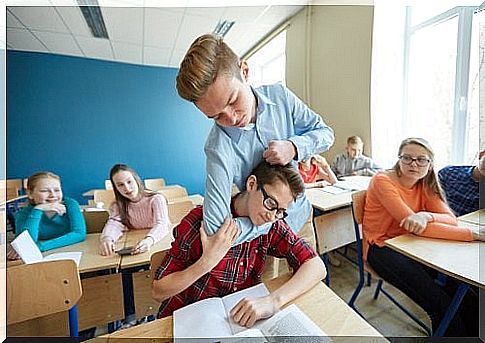
Conflict prevention in the classroom
First, it is necessary to establish a good environment in the classroom and proper discipline to avoid possible conflicts. The adult in charge, the teacher, must dedicate time to children who may present some problems, preferably individually.
Furthermore, it is necessary to educate in values and stimulate the development of social and emotional skills in children and pupils. Group activities are an excellent way to do this.
On the other hand, a good way to avoid the appearance of conflicts in the classroom is for each teacher to establish together with the children some basic rules of coexistence; It is also helpful to plan activities that develop and encourage dialogue and coexistence in the classroom.
Encourage communication
Human relationships within the classroom are clearly highlighted by communication, both verbal and non-verbal. It is important to include in the usual activities, also activities that have to do with the development of communication skills between the pupils themselves and also within the pupil-teacher relationship.
In this sense, it is essential that the teacher also works on his or her communication skills, since the climate that will be created within the class will depend on this.
Even though conflicts can often not be avoided, communication can be the key tool for finding a solution to the problem. The resolution of conflict situations through sincere dialogue and active listening on both sides is a modality that must be respected and transmitted.
Analysis of the nature, severity and persistence of the conflict in the classroom
The conflicts that arise in the classroom can be of a social, cultural, curricular or relational nature ; moreover, they can have different degrees of severity. In order to resolve them, the source of the conflict, the people involved and the interests that are at stake must first be identified.
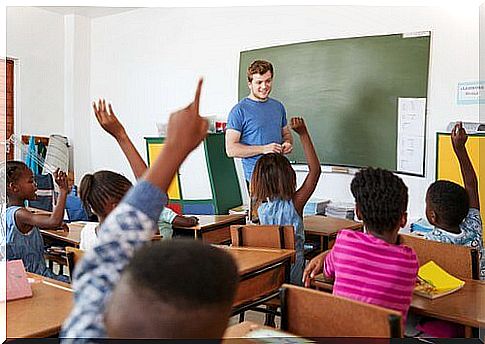
Always use mediation as a fundamental tool
On many occasions, the people involved in the conflict do not come to a solution on their own. And this is where the tool of mediation comes into play, which is extremely useful in conflicts between pupils in which the teacher acts as a mediator.
When there are problems between children or between adults in the classroom, the parent, teacher or any other adult has a moral obligation to help the parties come to an agreement that is favorable for both of them.
Mediation is a widely used and extremely effective technique for conflict management in the classroom. This technique is mainly based on communication, equality and autonomy. Furthermore, when it is exercised by the protagonists of the conflict themselves, it causes the results to be more just and equitable.
In conclusion, schools and those who work there must constantly encourage the communication skills of pupils towards adult authority and with each other.
The classroom is a space of coexistence in which some conflict will always be created; it is important to know how to manage it so that it does not compromise the group and the learning process.
